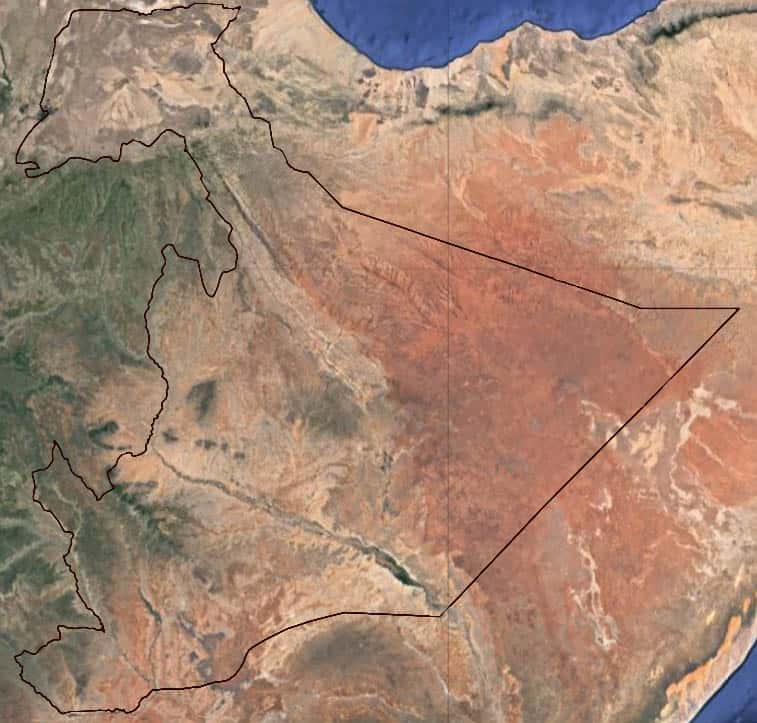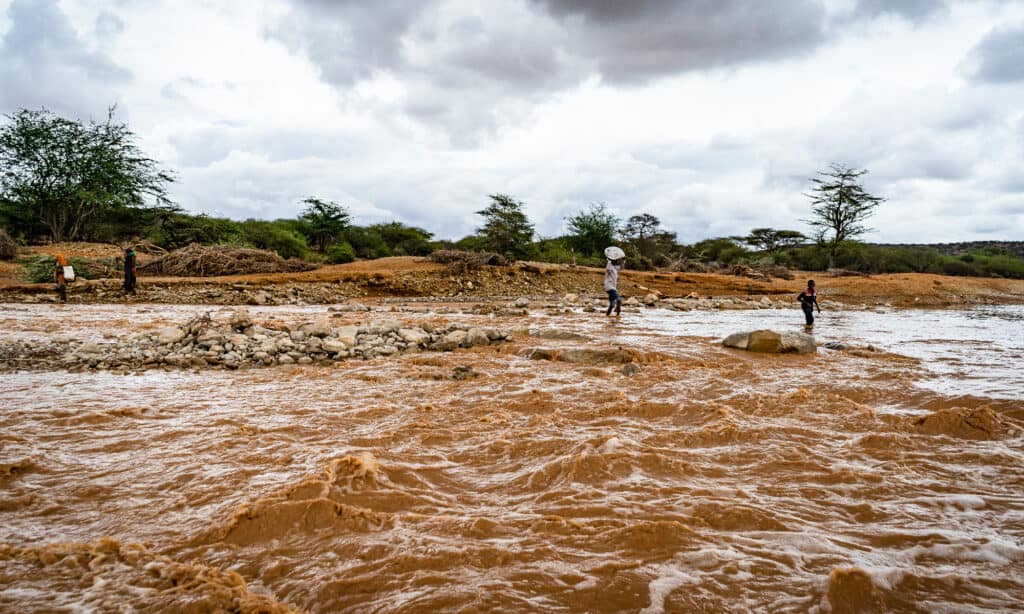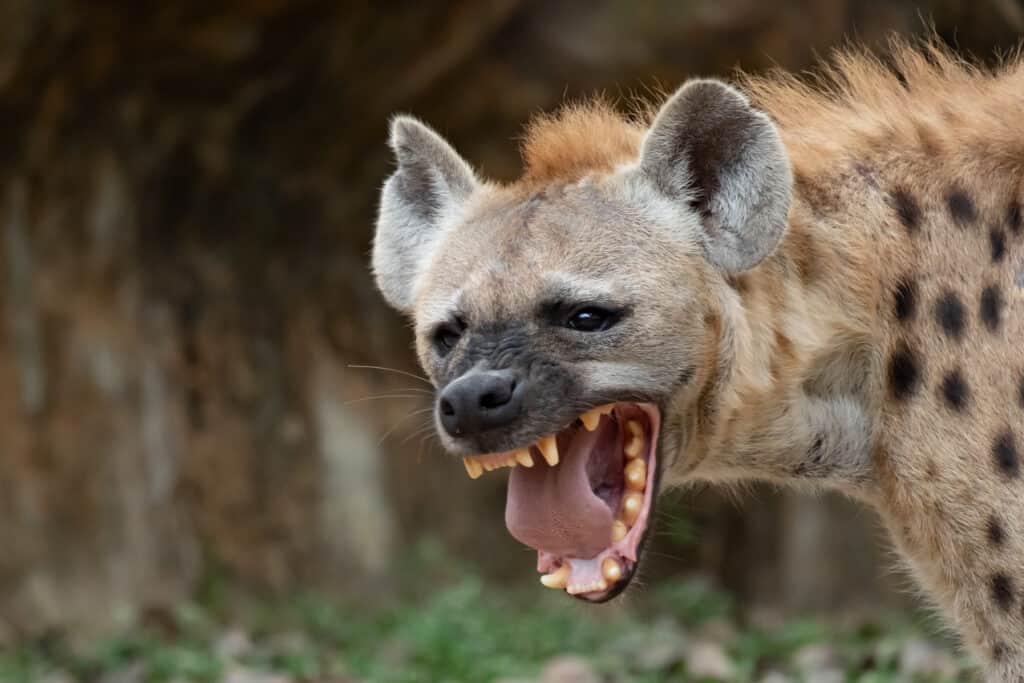Africa is known for some of the largest deserts in the world but have you ever heard of the Ogaden Desert? While smaller, it is home to a diverse range of animal and plant species, as well as a complex history. The Ogaden region is also known by its modern name, the Somali region. This is not to be confused with the separate country of Somalia, which is nearby.
How Large Is the Ogaden Desert?

The Somali Region is about 200,000 square miles.
©Araesmojo / CC BY-SA 4.0 – License
The Ogaden Desert is roughly 200,000 square miles, although not all parts of the region can be classified as true deserts. It is arid, however, and sits between the Ethiopian Eastern Highlands and parts of Somalia.
Because many of the people who live in this region are ethically Somali, there has been some movement to incorporate it into Somalia. The Ogaden clan historically lived in the region and still does, although 30 other clans live there as well. For this reason, there was a lot of opposition to naming it the Ogaden region in the mid-1990s when it was established and officially recognized. People believed that naming it after just one clan was not accurate or representative. The modern name Somali was the agreed-upon alternative.
The Ogaden Basin, which covers a large part of the region, is around 135,000 square miles in total. It has a lot of crude oil and natural gas, which is why it gets so much special attention. Because of conflict in the area, however, it is largely undeveloped. Clans with ties to the region assert that it should be independent or part of Somalia, which is more closely tied to the history and culture of the area.
Where Is the Somali Region Located?
The Somali region is in Ethiopia and next to Somalia. The desert acts as a natural divide between the two countries. Because of its dry and arid climate, there are few towns located within the Ogaden Desert. Further to the north, the town of Dire Dawa has one of the largest populations in the area at just under 500,000 people.
The Dechatu River runs through Dire Dawa, although it is dry for large portions of the year. During the wet summer months, the river can flood. Not only is this dangerous for the infrastructure of the city and surrounding areas, but it can also bring wildlife such as crocodiles. Recent studies on the change in rainfall in Dire Dawa show that extreme flooding has become more common.
Jijiga is the capital city of the Somali region. Census polls have been unreliable and the population is likely between 60,000 and 120,000 people. The culture of many clans is still nomadic, which can impact the population in cities throughout the year.
Gode is the former capital and is still a prominent city in the Somali region. It was one of the most significantly impacted areas when severe flooding occurred in 2006. The region is mostly arid but most of the economy is based on agriculture. While seasonal flooding does play a part in agricultural practices, unexpected flooding can have devastating effects on crops.
What Is the Average Annual Rainfall in the Somali Region?

The average rainfall for a year is around 33.7 inches.
©Stanley Dullea/Shutterstock.com
In the capital city of Jijiga, there is a rainy season and a dry season. The rainfall differs greatly between the two. During the rainy season, many areas flood. This saturates the ground and allows plants to grow even into the dry season when there is not as much rainfall. This natural phenomenon is seen throughout parts of Africa and the Middle East, both of which experience pronounced dry seasons.
November, December, and January are the driest months of the year. The average rainfall during each month is less than an inch. The wet season peaks during the summer, with July and August averaging 7.2 and 5 inches of rain during each month respectively. Looking at the year as a whole, around 33.7 inches fall annually on average.
What Are the Hottest, Coldest, and Average Temperatures in the Somali Region?
Temperatures remain more constant than rainfall but also vary based on the time of year. In Jijiga, the hottest month is June. Average highs during the summer can be as high as 80 degrees Fahrenheit. Lows during the same month are around 60 degrees Fahrenheit.
From month to month, the temperature does not fluctuate very much. Even during the dry seasons, the temperatures remain around the same average highs and lows. The lowest average temperature is in January, around 45 degrees Fahrenheit.
Daily mean temperatures range from 61.5 degrees Fahrenheit in January to 70 degrees Fahrenheit in June. This is less than 10 degrees difference across the entire year. The consistency in the temperate highlands of Jijiga is one of the reasons that it became a common stopping point for historic caravans moving across the region and developed into a city now.
Gode is another city in the Somali or Ogaden region. It sees similar temperatures, although the averages are just a bit higher. March is the hottest month there, with average high temperatures reaching up to 84 degrees Fahrenheit. July sees average temperatures as low as 79 degrees Fahrenheit. It is just under 1,000 feet above sea level, compared to Jijiga which is over 6,000 feet above sea level.
How Much Rainfall Does It Get?
The Ogaden Desert does not get very much rainfall each year. The Ogaden Basin in particular sees little precipitation. Portions of the region at higher elevations, including the capital of Jijiga, the city of Dire Dawa, and the city of Gode do have distinct wet seasons where they get more rain.
Ethiopia divides its seasons into three main ones. The bega is the long dry season and falls between September and February. The shorter rainy season, or belg, is between March and April. May usually has some respite from the rain and is typically dry. The long rainy season follows from June through August, called the kiremt. Across the entire country, rainfall averages between 20 and 40 inches per year. It varies greatly based on location and elevation.
What Animals Live There?

You can find hyenas in the Somali Region.
©J.NATAYO/Shutterstock.com
Even though it is a desert region, the Ogaden Desert is home to many species. Like many animals that thrive in desert climates, those that live in this area can go long periods of time without water. They are also adapted to the hotter and drier climate.
Animals that live in the Somali Region include hyenas, foxes, and leopards. Smaller animals such as birds and wild dogs are also plentiful. Larger African animals, such as lions, elephants, rhinoceroses, and giraffes can live in this area. However, their populations are smaller due to poaching which impacted their ability to survive in the Somali Region. Recently, conservation efforts have helped to bring back some of these animals.
Up Next:
- The 15 Largest Deserts in the World
- 7 Hottest Deserts on Earth are Absurdly Warm
- Discover 6 Desert Dwelling Spiders
The photo featured at the top of this post is © Stanley Dullea/Shutterstock.com
Sources
- LatLong, Available here: https://www.latlong.net/place/ogaden-ethiopia-5553.html
- Britannica, Available here: https://www.britannica.com/place/Ethiopia
- Journal of Social Sciences and Humanities, Available here: http://files.aiscience.org/journal/article/html/70320048.html
- TimeandDate.com, Available here: https://www.timeanddate.com/weather/@444186/climate
Thank you for reading! Have some feedback for us? Contact the AZ Animals editorial team.






